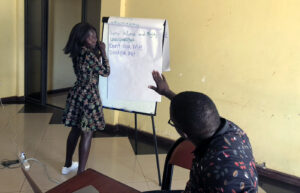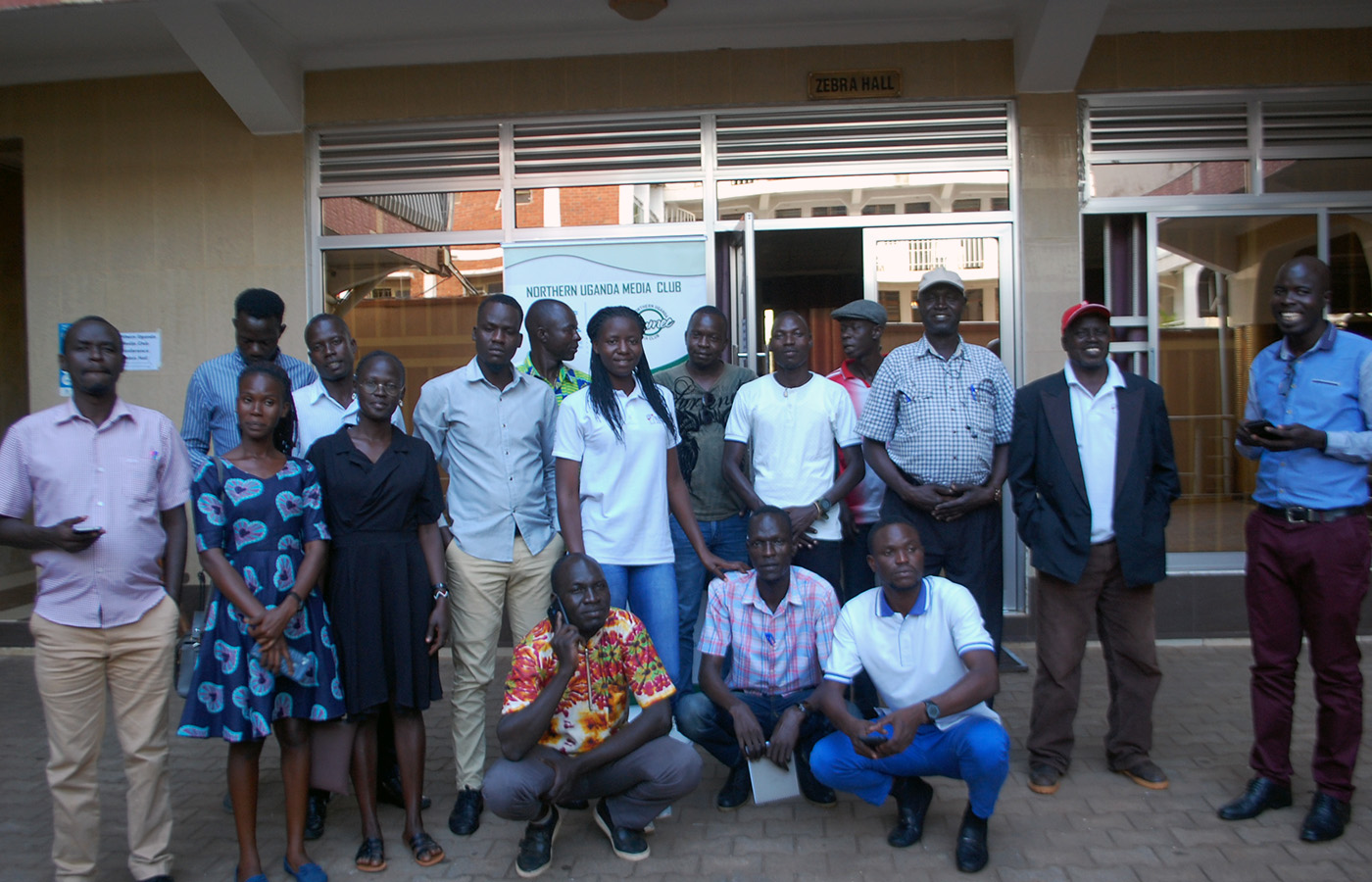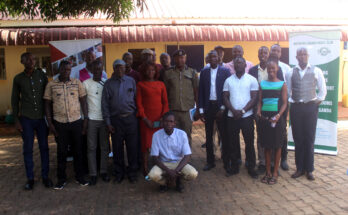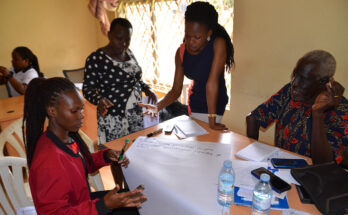Photo by Nick Morrison on Unsplash
For media practitioners to operate effectively in this era, access to digital spaces is inevitable. With such platforms, a journalist is able to easily reach out to a diverse audience. But the downside is that the paucity of digital skills, or access to such platforms, among many journalists is still there. For rural journalists, internet connectivity is spotty and intermittent.
This year in August, with support from the Collaboration on International ICT Policy for East and Southern Africa (CIPESA) under the Africa Digital Rights Fund (ADRF), Northern Uganda Media Club (NUMEC) set out to examine the extent to which journalists use digital platforms to disseminate news, the factors that influence the way they are used, and the existing gaps for journalists in using these tools.
NUMEC conducted a one-month survey among 30 journalists in and three focus group discussions in Gulu, Kitgum, and Lira. The objectives of the study were:
- To establish the extent of use of digital platforms by media houses and journalists in northern Uganda
- To determine factors that influence the use of digital platforms by media houses and journalists in northern Uganda
- To ascertain gaps in the use of digital platforms by media houses and journalists in northern Uganda
Use of digital platforms
In terms of digital usage by journalists in the selected district in northern Uganda, the survey found that 97 percent of the journalists have access to a laptop or computer for their work. 90 percent know how to use windows, 10 percent can use Mac OS and no one knows Linux (Ubuntu). Of these, 70 percent of the journalists use their laptop or computer for personal or private purposes aside from organizational tasks, 13.3 percent don’t while 17 percent sometimes use them, and 13.3 percent don’t at all.
On smartphone use, 97 percent use the device to access work-related applications and resources; 87 android users while 13.3 percent use iPhone. All of them agreed that all their media houses have social media / digital platforms.
In terms of social media preference by a media organization, 97 percent use Facebook, 77 use Twitter, 83.3 use WhatsApp, 27 percent use Instagram, 27 use LinkedIn, 27 use YouTube and 13.3 percent use TikTok. However, Facebook is still being accessed through a VPN. 80 percent said that their media house has a dedicated website run by IT experts and editors.
Despite the fact that these media houses have a presence on digital platforms, only 40 percent are managed by administrators or qualified personnel. This places them at risk of cyber-attack and other threats.
In terms of content posted on digital platforms, 87 percent is about breaking news, and only 3.3 percent is dedicated to news analysis, investigative pieces, and gender-related content.
The survey also found out that only 31 percent had received digital security training in the last six months, 31 percent said a year ago, 17. 3 percent said they did the training more than a year ago, and 20.7 said they never had any at all.
More than 80 percent of the respondents said they have experienced digital threats which caused loss of data online, network disruption, loss of access to online accounts, internet censorship, receiving unsolicited messages online, and online violence while others had their gadgets confiscated, lost their private information through leaks and experienced website defacing.
Factors that influence the use of digital platforms by media houses and journalists in northern Uganda

In the survey, most of the respondents were driven by the need to connect with their audience online, disseminate information, attract new followers and expand their reach, ease access to information, curate content, and reach out to viewers faster.
Other factors, the respondents said, included promoting radio content, easing communication with clients, sharing data/articles with the editors and networking, getting feedback from the community about products and services, improving the standard of reporting news and online presence as well as business opportunities
Gaps in the use of digital platforms by media houses and journalists in northern Uganda
46 percent of the respondents said they have faced digital threats on the computer, 36.7 percent on a hand-held (smart) device, and 17 percent on an online platform. In addition, 53.6 percent said the threats were in relation to personal matters, 43 percent on organizational work, and 4 percent of the respondents were not sure.
Furthermore, 63.3 percent of the respondents don’t have procedures or a mechanism to report any digital threats. But even so, only 35 percent reported these threats to an IT Officer with 76 percent reporting the incident to a colleague and 14 percent to a third-party support mechanism.
Of the reported cases, 64.3 percent of the respondents didn’t receive any support/outcome to mitigate the impact of the digital security threat while 36 percent received it. 57 percent of the respondents say that their organisation does not have an ICT or data protection policy, while 40 percent of the respondents have no idea.
The survey also found out that 80 percent use WiFi to connect to the internet at work with 59 percent rarely changing their WI-FI password at their organization; 14 percent do it monthly while another 14 percent never do it at all.
The survey was both qualitative and descriptive. Primary data was collected by conducting 10 key informant interviews and 3 focus groups (each with between 7 and 10 participants) in Gulu, Lira, and Kitgum districts. 30 respondents also took part in an online survey.
The selection of the respondents for the survey was purposively using a snowballing approach. Only journalists with senior and mid-level experience participated in the survey.
Training on digital security

The findings from the survey acted as a pre-assessment tool for NUMEC to develop training modules for training journalists – both in Gulu city and Lira city –based on their needs. It is basing on the needs and gaps identified during the survey that NUMEC developed a training module for digital security so as to protect journalists and media houses online.
Both training sessions – held on 24th October 2022, and November 1st, 2022 for both Gulu & Lira respectively were practical and hands-on. The topics that were taught were online security (emails, social media, browsing), mobile phone security, computer security, data security, password management, media tech, and the future of journalism.
A total of 50 media practitioners from the Acholi, Lango, and West Nile subregions benefitted from the two pieces of training.




